





Crash Costing
Road crashes result in a lot of pain and suffering, but they also have an economic cost. The economic consequences of road crashes are estimated to be between 2% and 7% of Gross Domestic Product (GDP) of countries around the world, with a total in excess of $2 trillion a year.
Being able to calculate the cost of a crash means that the potential benefit of solutions that would reduce the number of crashes can be calculated. This provides a way to compare the benefits of proposed crash solutions with the costs of implementing them to provide the maximum benefit for the money available for investment (an approach known as a cost-benefit analysis). Crash costing also provides a way to compare the total impact of crashes in a local area, country, or region.
The two main ways used in developed countries to estimate crash cost values are the Human Capital (HC) and Willingness-to-pay (WTP) methods. The HC method works out the loss to the economy based on the cost of treating the person’s injury, loss of income, and damage to property. Some HC methods also include costs for pain and suffering caused by death or injury. Even when this is added into the calculation, it is still considered that the approach underestimates the true cost of a crash as it concentrates on economic costs.
The WTP approach is based on the results of surveys that ask people how much they would pay to reduce specific types of risk. It is therefore measuring the value of prevention of road crashes, i.e. the amount that society is prepared to pay to prevent crashes. While this is considered the more theoretically sound approach because it better reflects the full social and economic costs of death and injury, it also suffers from some methodological issues (particularly the development of survey instruments, and cost of collecting appropriate data).
Although the WTP approach is recommended, it is recognised that the cost to develop this approach for an individual country might not make it viable. For this reason, the Rule of Thumb (RoT) method was developed with iRAP for use in road safety assessment projects. This method uses the information from countries that have already carried out WTP calculations and analyses the relationship between VSL and Gross Domestic Product (GDP) per capita. It is suggested that a reasonable rule of thumb for calculating statistical value of life is to multiply GDP per capita by 70 (with a range between 60 and 80 for sensitivity testing). The iRAP analysis also provided a method for calculating the number of serious injuries in a country as these are often significantly under-estimated in official statistics. Using this method, iRAP estimated that road deaths and serious injuries cost countries between 2.0% and 7.1% of Gross Domestic Product (GDP), which equates to more than $2 trillion a year.
To help support debate about the right scale of response to this enormous level of trauma, iRAP created the Safety Insights Explorer which draws on data from the World Health Organisation (WHO), the Transport Accident Commission (TAC) and the International Monetary Fund (IMF) to make simple high-level estimates of the types of injuries likely to be occurring in every country around the world, and their costs.
iRAP’s Safety Insights Explorer includes stories of people who have suffered serious road crashes, sharing the costs of trauma that are not easily measured.
Related Images
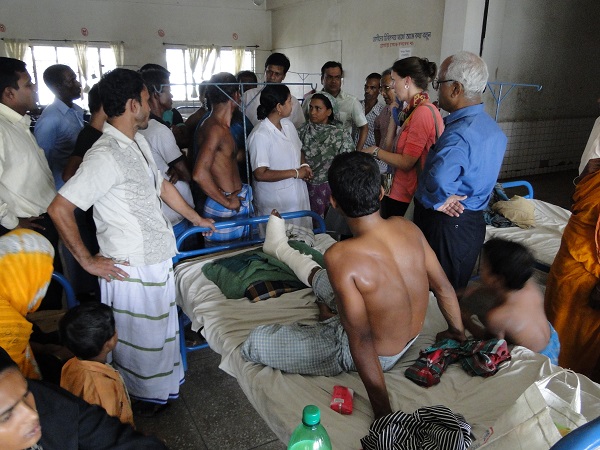 A road crash victim in Bangladesh. Image credit: Greg Smith
A road crash victim in Bangladesh. Image credit: Greg Smith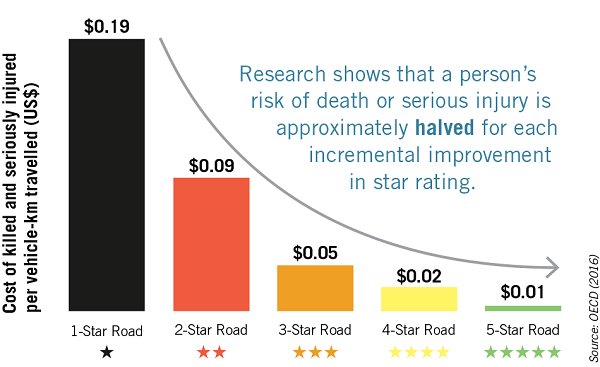 Star Ratings and crash cost per km travelled. Image credit: iRAP
Star Ratings and crash cost per km travelled. Image credit: iRAP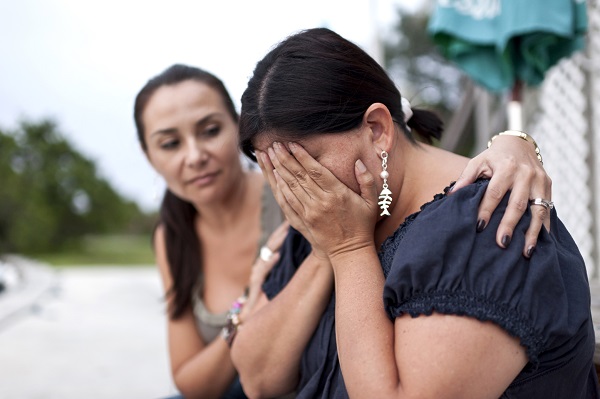 Road crashes cause enormous grief and suffering. Image credit: iStock
Road crashes cause enormous grief and suffering. Image credit: iStock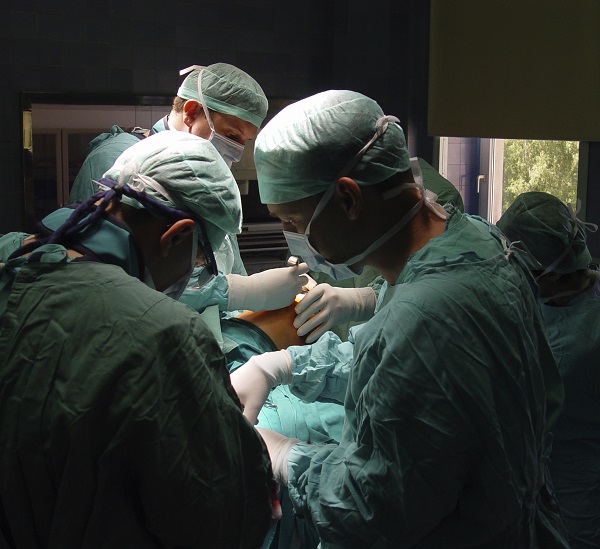 Road crashes often result in injury requiring urgent treatment. Image credit: iStock
Road crashes often result in injury requiring urgent treatment. Image credit: iStock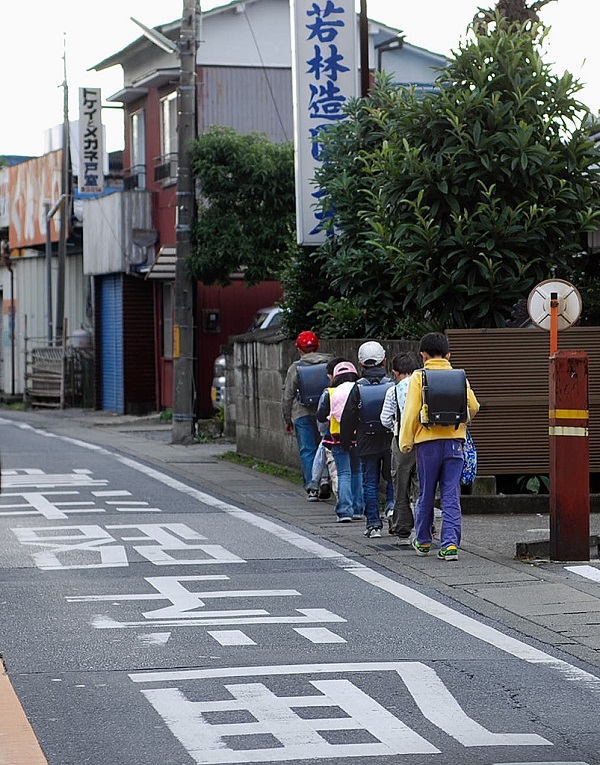 Narrow sidewalk in Japan. Image credit: Michael Martin
Narrow sidewalk in Japan. Image credit: Michael Martin








